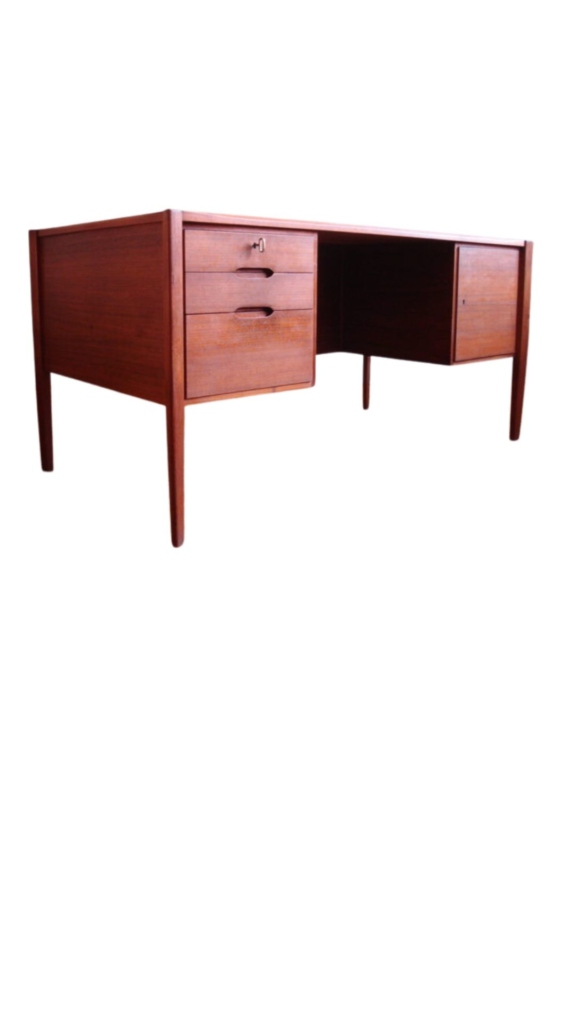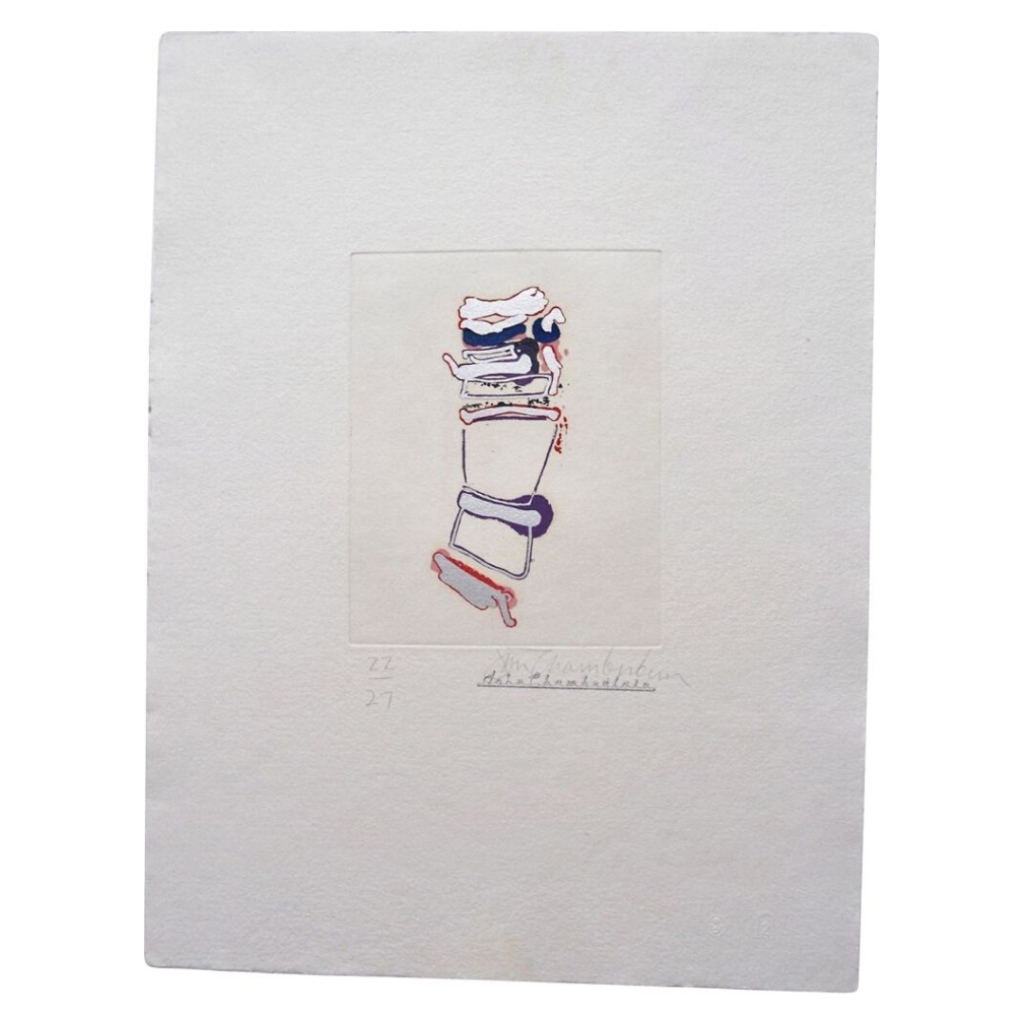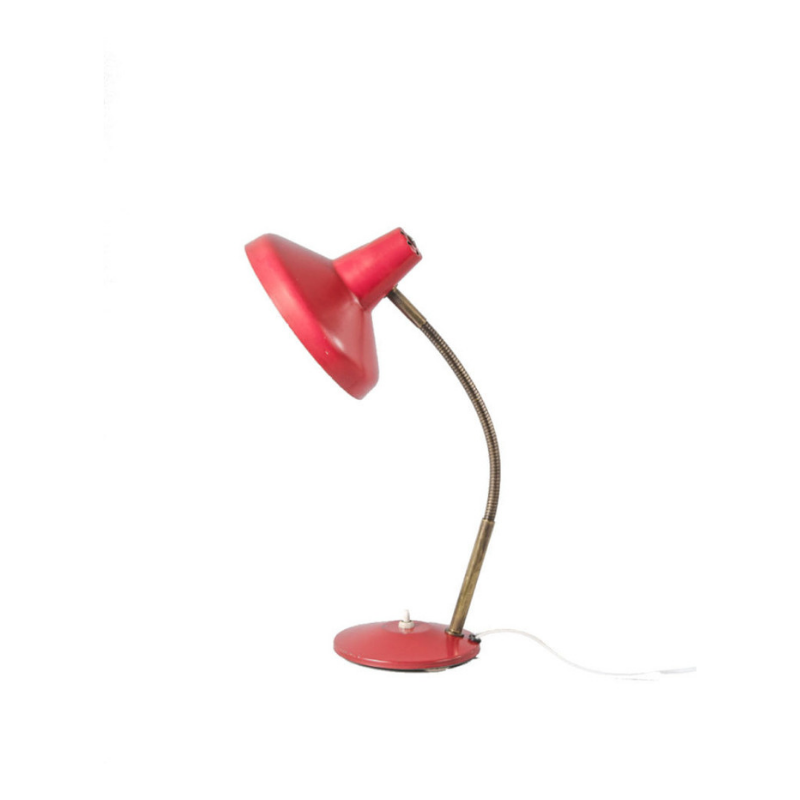A little while back I remember there was a thread where Koen placed the designs of Prouvé next to those of Friso Kramer and Rietveld, expressing his preference for the latter.
Point is if to be 'iconic', furniture has to be transparant or, quite contrary, has to step up and take a prominent position.
I own a result table and chair by Friso Kramer wich I admire for its austerity. But at the same time, I like the bold designs of Prouvé.
Now is my question: how was Prouvé furniture sold, back in its days? Was this purely industrial furniture or was it pitched as exclusive?
I don't see a lot of original imagery from the forties and fifties, who can post pics or ads?
I don't remember that thread....
I don't remember that thread. Do you have a link?
It's an interesting question. It is my understanding that most of his pieces were sold as contract furniture, to schools, universities and other public buildings. I don't think I have ever seen a vintage Prouvé ad in any magazine. I remember looking specifically for anything by Prouvé the last time I flicked through the Domus issues from the 1950s, but there was nothing.
Attached the link to the...
Attached the link to the older post.
It seems interesting, th evolution from contract furniture to more exclusive, gallery policy.
It strikes me this was picked up by a gallery, already, then back in its days.
But on the other hand, seems logic, looking at the plasticity of his forms. Maybe the demand from schools, universities and industry changed to more economical solutions, wich used less material and were more transparant (like Kramer).
Could it be that parallel with manual labour becoming more and more expensive through the twentieth century, the market for Prouvé became smaller, being in the most competitive off all, the industrial one?
http://www.designaddict.com/design_addict/forums/index.cfm/fuseaction/th...
If you need any help, please contact us at – info@designaddict.com









